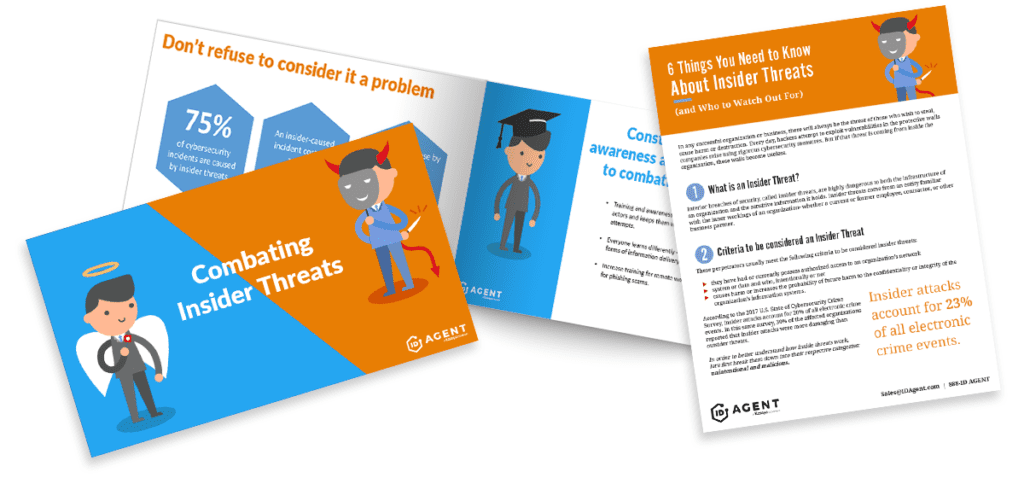3 Tools to Stop Social Engineering Attacks In Their Tracks

Quickly Stop Social Engineering Attacks (Like What Just Happened at Twitter) With These Solutions.
In the recent Twitter security nightmare, the company’s initial statement attributed the breach to a successful “social engineering attack”. That terminology is becoming fashionable for cybersecurity incidents as companies look for ways to deflect publicity and reputation damage from a breach. By calling an incident a social engineering attack, it makes it seem exotic and dangerous instead of something that can be prevented with improved security awareness – and our solutions can help stop social engineering attacks cold.
How does social engineering work in relation to cybersecurity?
Social engineering cyberattacks are attempts to breach a company’s security by causing its staffers to respond in a way that opens up a door for cybercriminals to slip inside. Here’s a quick rundown of the popular varieties of digital social engineering attacks:
- That classic, 2020’s biggest threat, phishing and spear phishing.
- Water holing, infecting an entire website and subsequently all of its visitors with malware. This is a rare and advanced type.
- Pretexting, in this case, a cybercriminal convinces a staffer to give them access to systems and data by masquerading as a trusted source, like a coworker from another department.

Join us for Connect IT Global – 4 days of amazing panels with Channel leaders, certifications, product updates, surprises, networking, contests, and more starting at just $99! REGISTER NOW!>>
How could staffers get caught by a social engineering attempt?
The vast majority of cyberattacks that can be classified as social engineering incidents are phishing attacks, just like the Twitter breach. In many cases, it’s a carefully crafted and precisely targeted phishing email that successfully convinces an employee to:
- Share a password with a fake coworker (“Hey, can I get your login for the database? I lost mine and they’re still fixing it.”)
- Grant access to a system to someone who shouldn’t have it (“Hi! This is Jane from Digital. Can I get your login for our content management system? I just need to fix this one thing before the Boss sees it…”)
- Falsely supply a record or credential (“The admin password for SalesForce is still 8675309, right?”)

Whether it’s a malicious actor or a careless staffer, they’re both likely targets for social engineering attacks. Learn how to spot and stop insider threats in our Combating Insider Threats eBook and resource package!
Do some social engineering of your own with improved security tools and awareness training for your staff.
The best way to reduce the chance of success for an attack like this is to use smart access management and security awareness training solutions that keep staffers and systems ready to repulse cybercriminals.
Don’t let phishing attacks land.
By increasing phishing resistance training with BullPhish ID, you’re not only teaching your staff to be on the lookout for traditional phishing attack vectors like malicious attachments, you’re also increasing their wariness of suspicious messages including links, PDFs, meeting invitations and other potential spear phishing lures. The plug-and-play training kits that BullPhish ID provides are updated monthly.
Don’t fail to authenticate.
The fastest way to stop a cybercriminal from gaining access to your systems and data is to add multifactor authentication for every account at every sign on. Adding a multifunctional secure identity and access management solution like Passly is the right move. It immediately gets to work, providing multiple options for authentication code or token delivery to ensure that the person logging in with a credential is actually the person who should be logging in with that credential.
Don’t stop gathering intelligence.
One of the best ways to know if a company is at risk for a potential social engineering attack is Dark Web monitoring. By using Dark Web ID to keep an eye on today’s booming Dark Web markets for domains, email addresses, and other staff credentials, companies can see their risk level for an attack and plan accordingly.
Throw a wrench in cybercriminals’ social engineering plans.
Today’s attacks are both more frequent and more expensive than ever before – a new cyberattack is launched every 39 seconds. Every company can become more prepared to deflect social engineering attacks by improving essential security awareness protocols, boosting phishing resistance, and adding an extra layer of security at its main access points – and ID Agent’s cost-effective digital risk protection platform is the perfect solution to use to bolster cybersecurity plans to effectively defend against social engineering attacks.